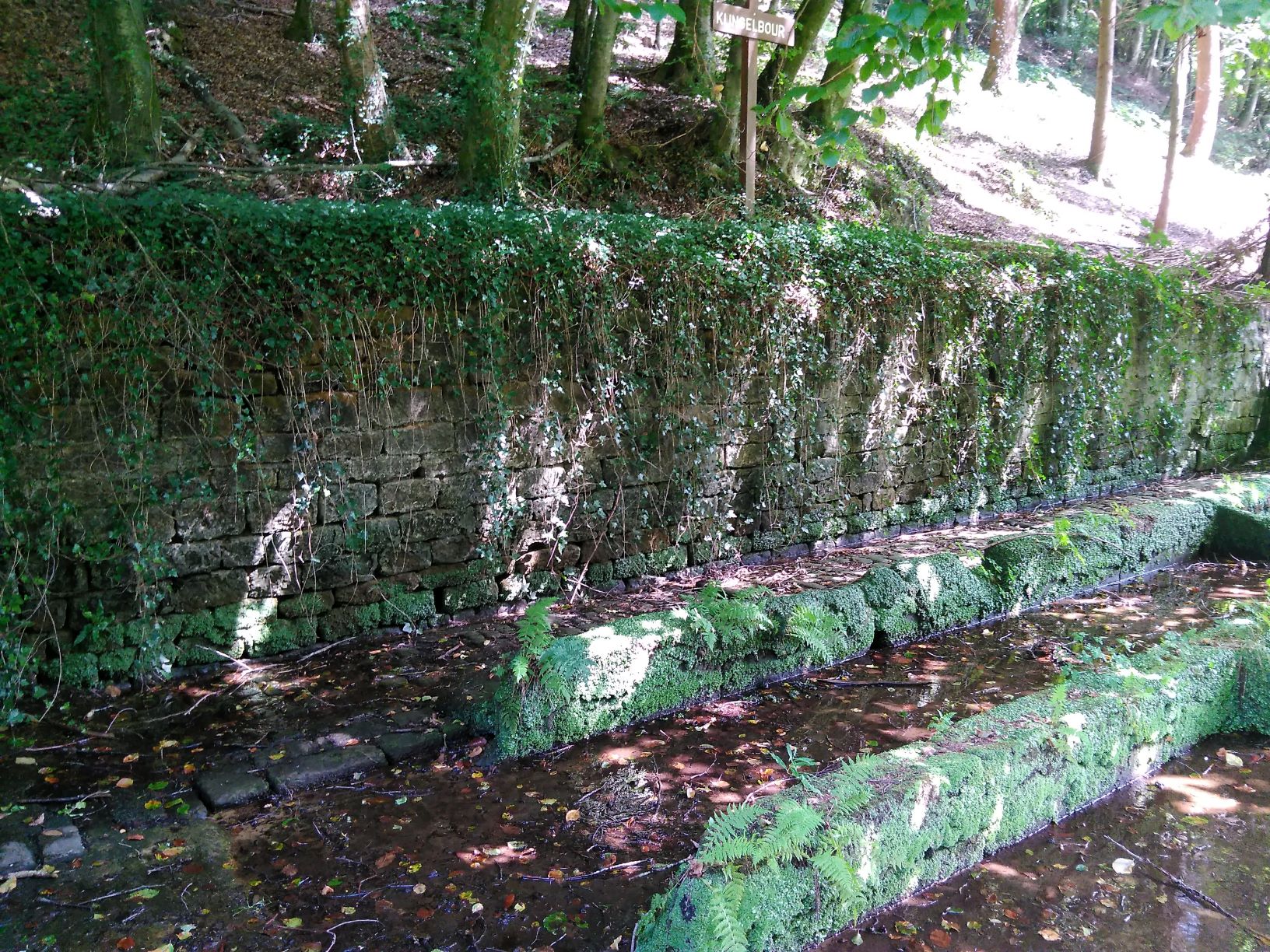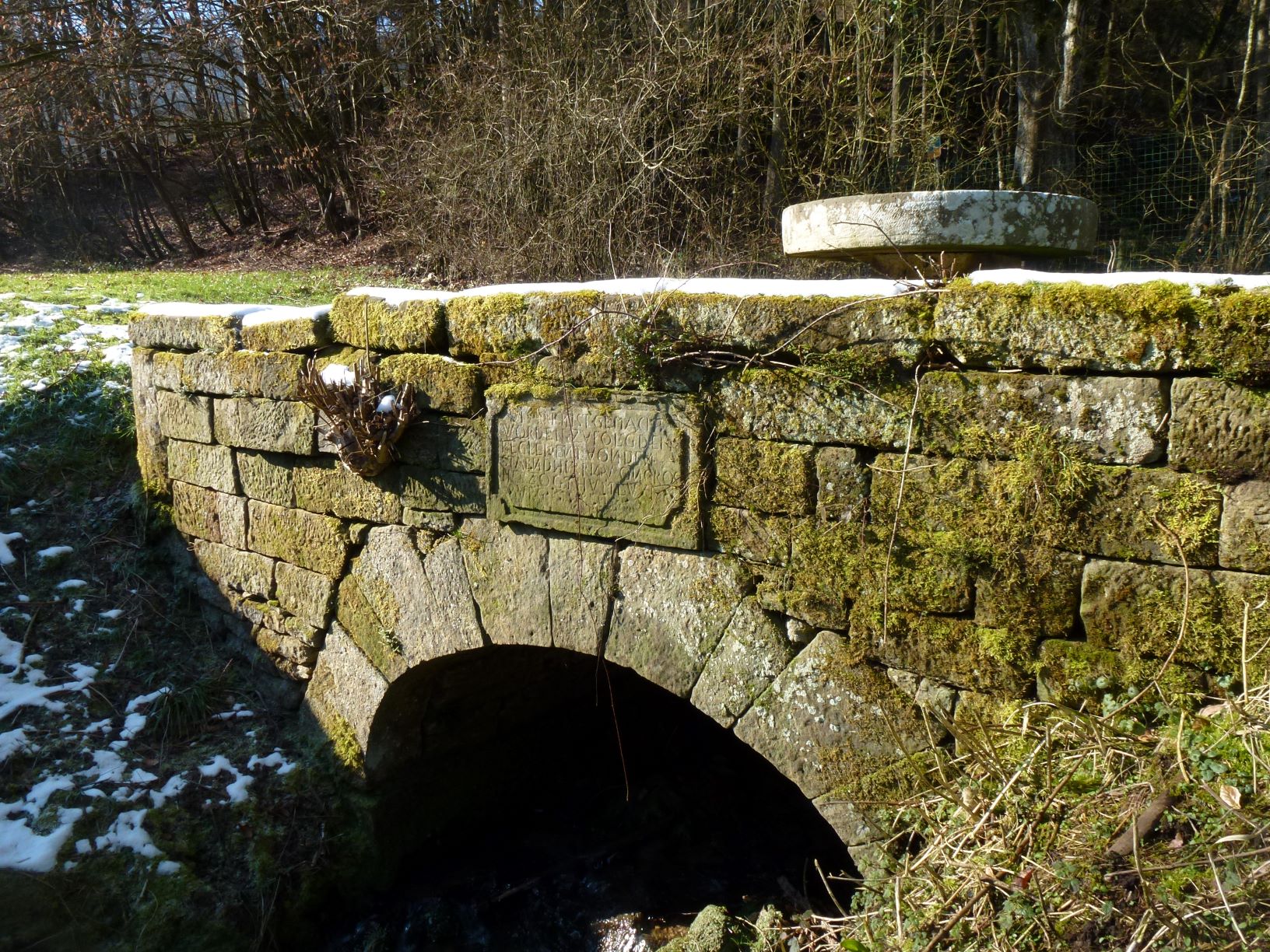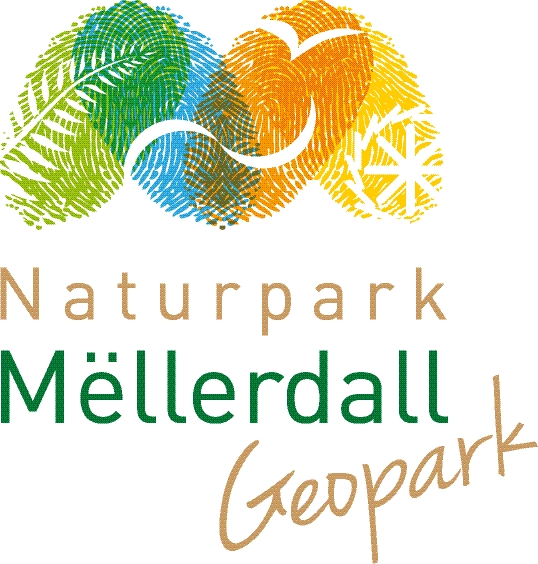Case Study
Interreg project: Dry stone in Luxembourg Greater Region. A heritage of great natural and landscaping value.
Contact name
Jo Goergen
Institution name
Mëllerdall Nature and Geopark
Region & country
Mëllerdall, Luxembourg
Summary
The Interreg project seeks to revive interest in, and know-how of, dry stone in the Greater Region’s territory through different actions and measures;
dry stone is a soft and natural way of managing our territory and dry-stone structures have existed since the early days of agriculture and have been perfected over the centuries. Nowadays one finds not only dry-stone walls, but also bridges, staircases, huts, stonework and other elements built without binding agents.

Dry stone wall
Mëllerdall Nature and Geopark

Dry stone wall - Bridge
Mëllerdall Nature and Geopark
Background of the project
Since the post-war period, the dry-stone technique has been abandoned in favour of more modern and faster techniques and processes: concrete, pre-fabricated elements etc. Dry-stone structures are no longer maintained and are increasingly disappearing. Few people still have a command of the actions and techniques a dry-stone builder needs.
The needs were multiple. On the one hand, many walls in the territory required a rapid intervention. On the other, there was no point of contact with expertise in this specialized area. No-one knew to whom they should refer if they had questions.
Solution and actions taken
- Various actions were carried out: an inventory of existing structures was drawn up: it has demonstrated the extraordinary heritage still present in our forests and behind our houses. The Nature Park is restoring some remarkable elements in need of urgent repair.
- Various training courses were held, in order to train both the public and professionals. It is necessary to take the know-how back to the territory and to increase the number of dry-stone “ambassadors”.
- Training courses and introductory days for the general public.
- Vocational training courses for the workers.
- Establishing a qualified training course for the trade of dry-stone builder.
Other institutions or parties involved
- Mëllerdall Nature and Geopark,
- Natur&Emwelt,
- The Two Ourthes Nature Park,
- Nature Park Upper Sûre Anlier Forest,
- Lorraine Regional Nature Park,
- Association of Dry Stone Builders,
- Wallonia Heritage Agency,
- Ministry of Energy and Spatial Planning,
- Ministry of Agriculture,
- Viticulture and Rural Development,
- National Sites and Monuments Service,
- National Land Consolidation Office,
- National Centre for Continuous Vocational Training,
- Our and Upper Sûre Nature Parks.
Results
The situation is still evolving.
A genuine growing awareness among the population of this extraordinary heritage that still exists on our territory.
A growing awareness among public actors who are trying to mobilize funds and a management plan to repair and maintain their dry-stone heritage.
Challenges
- Competition from modern techniques such as gabions, concrete walls or rockfill.
- Lack of qualified companies in the sector.
Lessons learned
A growing awareness among many actors and leaders of the benefits of dry stone.
In view of its many qualities, even today dry stone is a sustainable and ecological means of managing our landscapes and land.
Qualities of a (European) Interreg project allowing specific projects to be established and co-funded.
The dry-stone heritage and potential present in our territory.
Contact name
Jo Goergen
Institution name
Mëllerdall Nature and Geopark
Website(s)
